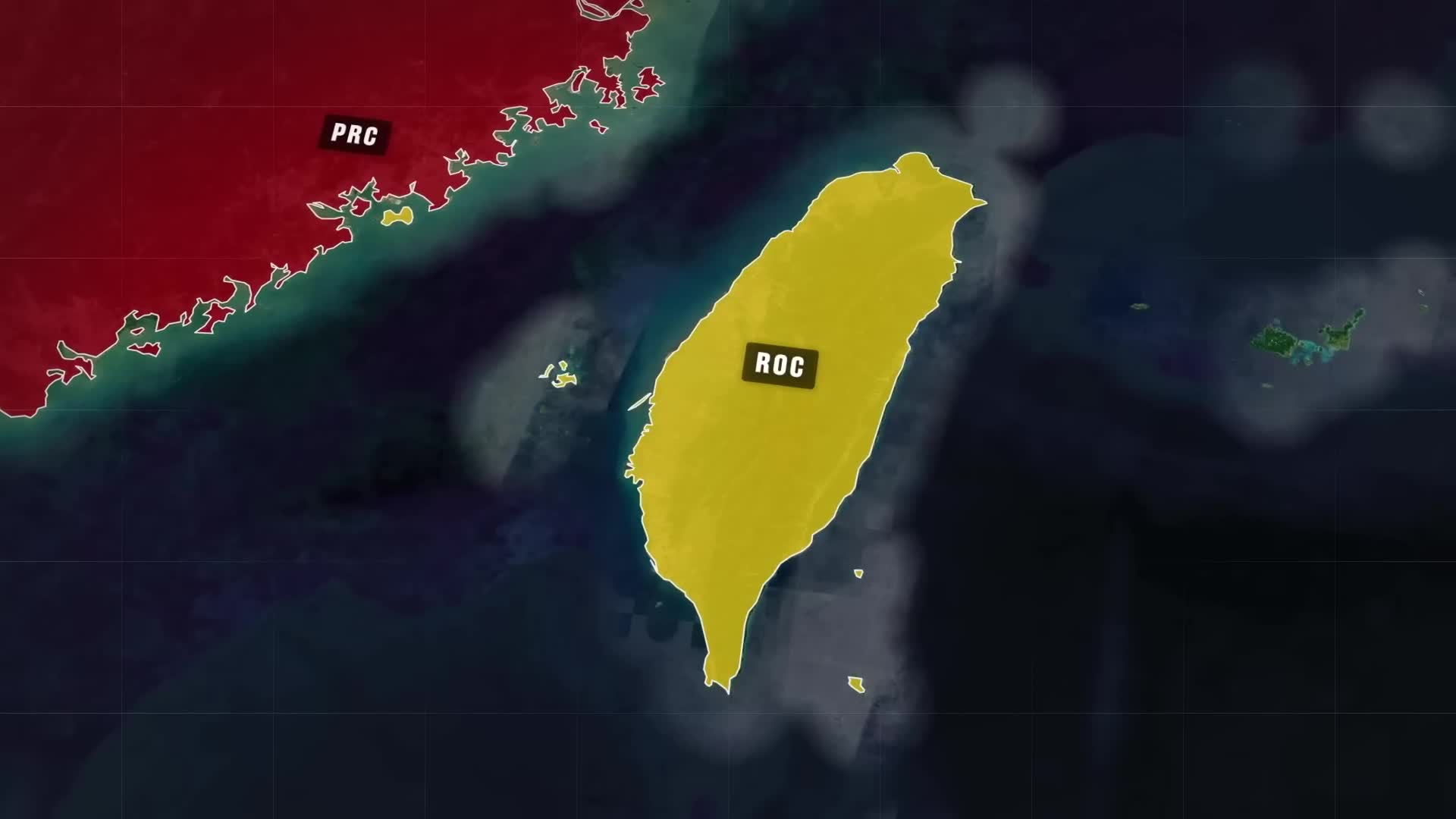Foreign Aid Policy
Foreign aid policy encompasses the strategies and frameworks through which wealthier nations or international organizations extend financial, technical, or material assistance to developing countries. This aid aims to stimulate economic growth, enhance welfare, and address pressing global challenges, including poverty, health issues, and climate change. With roots tracing back to post-World War II initiatives like the Marshall Plan, foreign aid has since evolved to include various forms such as grants, concessional loans, military support, and humanitarian relief, which can be delivered bilaterally or multilaterally. The relevance of foreign aid policy is underscored by its multifaceted objectives, aiming not only to alleviate suffering and foster sustainable development but also to serve the strategic interests of donor countries. For instance, assistance is commonly used to build diplomatic relationships, promote democracy, and combat geopolitical adversaries. However, the effectiveness of foreign aid remains a topic of intense debate, with critics highlighting the risk of dependency and the potential for aid to prioritize donor countries' interests over those of recipients. Recently, significant shifts in U.S. foreign aid policy have emerged, including funding cuts and a strategic pivot towards direct partnerships with recipient governments. These changes reflect the ongoing dialogue about the effectiveness and ethical implications of foreign aid, further complicating the landscape of international development assistance and humanitarian efforts.
What is the importance and impact of USAID's malnutrition treatment programs worldwide?
USAID's malnutrition treatment programs provide critical interventions for the world's most vulnerable children, particularly those in war zones susceptible to disease. These programs offer an effective solution that can be implemented inexpensively and quickly using nutritious food products made from American-grown peanuts, produced in manufacturing facilities in Georgia and Rhode Island. Despite severe malnutrition taking children's lives rapidly and causing permanent brain damage in survivors, treatment is accessible and has historically received strong bipartisan support from Congress as a humanitarian gift from the American people to children worldwide.
Watch clip answer (04:13m)What might Donald Trump's return to the White House mean for American foreign policy, particularly regarding Ukraine and NATO?
Trump's second term, beginning January 20, 2025, will likely mirror his first term's foreign policy approach, characterized by impulsiveness and unexpected shifts in direction. Regarding Ukraine specifically, Trump may reduce U.S. aid in the ongoing conflict with Russia, potentially reshaping America's involvement in global affairs. His relationship with NATO and European leaders could significantly influence regional security and power dynamics throughout Europe for years to come. However, as the analyst emphasizes, any predictions about Trump's specific actions remain highly speculative, given his unpredictable decision-making style.
Watch clip answer (01:21m)How might Trump's foreign policy approach impact the U.S. position in Asia and Europe?
Trump may pivot U.S. military resources away from Europe and the Middle East toward the Pacific to deter potential Chinese aggression against Taiwan, especially as China's likely window for attack approaches in 2027. This strategy involves redirecting troops, equipment, and potentially halting billions in Ukraine military aid to strengthen America's Asia-Pacific posture. While this reallocation could bolster Taiwan's defense, it risks emboldening Russia in Ukraine or elsewhere in Europe if European allies don't adequately fill the security gap left by reduced U.S. presence.
Watch clip answer (01:52m)What is Donald Trump's proposed peace plan for Ukraine?
Trump has famously promised to end the Ukraine war within his first 24 hours in office by bringing together Ukrainian and Russian leadership to make a deal. While specifics remain unclear, his Vice President J.D. Vance outlined a plan that would freeze the frontline at its position during negotiations, transforming it into a demilitarized zone that would serve as a de facto border between Ukraine and Russia. Trump's strategy likely involves leveraging financial pressure, threatening to cut American aid to Ukraine while simultaneously warning Russia of increased support to Ukraine unless both parties agree to his terms. This approach resembles other frozen conflicts with demilitarized zones, such as those between North and South Korea or the Greek and Turkish communities in Cyprus.
Watch clip answer (02:23m)What is the estimated cost of reconstruction and economic damage caused by the war in Lebanon?
According to the BBC correspondent Hugo Bochega, the estimated cost of reconstruction and economic damage caused by the war in Lebanon will exceed $10 billion. This massive financial burden represents the extensive destruction across southern Lebanon, particularly affecting villages like Kifa Killa where residents have lost their homes. Despite the clear need for rebuilding, there remains significant uncertainty about funding sources. As Bochega notes, 'nobody really knows who is going to help to pay for that,' highlighting a critical challenge facing Lebanon's recovery efforts amid ongoing regional tensions and occupation concerns.
Watch clip answer (00:14m)How different is the current administration's policy towards Russia compared to the Biden administration?
The current administration's policy towards Russia represents a complete reversal—a '180' as Nancy Cortez describes it. Following extensive meetings with Russian officials, US Secretary of State Rubio and other officials have expressed a desire for the two nations to work more closely together diplomatically and economically. This approach starkly contrasts with the Biden administration, which viewed Russia as 'much more of a foe than a partner.' The current administration's collaborative language hasn't been heard from Washington since before Russia's 2022 invasion of Ukraine, marking a significant shift in US-Russia relations after years of adversarial positioning.
Watch clip answer (00:46m)




